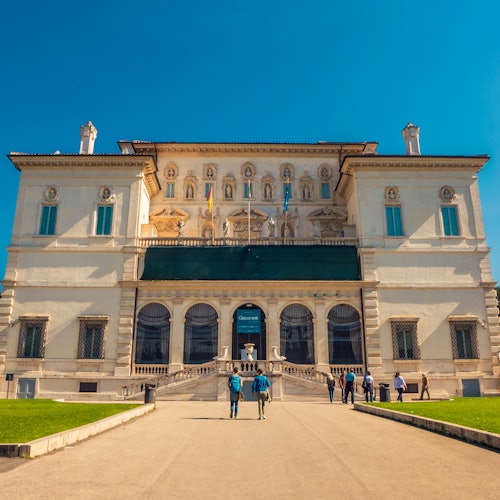
The art collection of the wealthy Borghese family soon became too large for their residence. It was then transferred to the Galleria Borghese, a separate building in the well-known park of Villa Borghese. In 1901, ownership of the collection passed to the Italian state and, since then, tourists have been visiting from all over the world to explore this magnificent museum! Fixed-time tickets are highly coveted, so be sure to grab yours before they're sold out!
The Borghese were a rich and powerful Italian family that moved to Rome in the sixteenth century. Camillo Borghese became Pope Paul V, appointed his nephew Scipione cardinal and the matter began to become really "Bourgeois".
Scipione Borghese had two strong personal interests: power and art. He patronized Caravaggio and Bernini and ended up building the Galleria Borghese to house his art collection, which was constantly expanding thanks to the work of his two protégés and other Renaissance masters.
This small museum offers arich repertoire of masterpieces within a sumptuous building (pink marble walls, frescoed ceilings, etc.). In addition, thanks to fixed time tickets, there are always visitors, but it is never too crowded.
The highlights of the collection include: the sculpture of Bernini's "David", which captures the biblical hero in a state of tension, the "Rape of Proserpine", also made by Bernini, when he was only 23 years old. Other noteworthy masterpieces are Caravaggio's "Boy with a Basket of Fruit" and Raphael's extraordinary "Deposition" and "The Lady with Unicorn".
A visit here offers the chance to savor the Renaissance "good life" and discover some of the greatest artistic masterpieces of the time.































